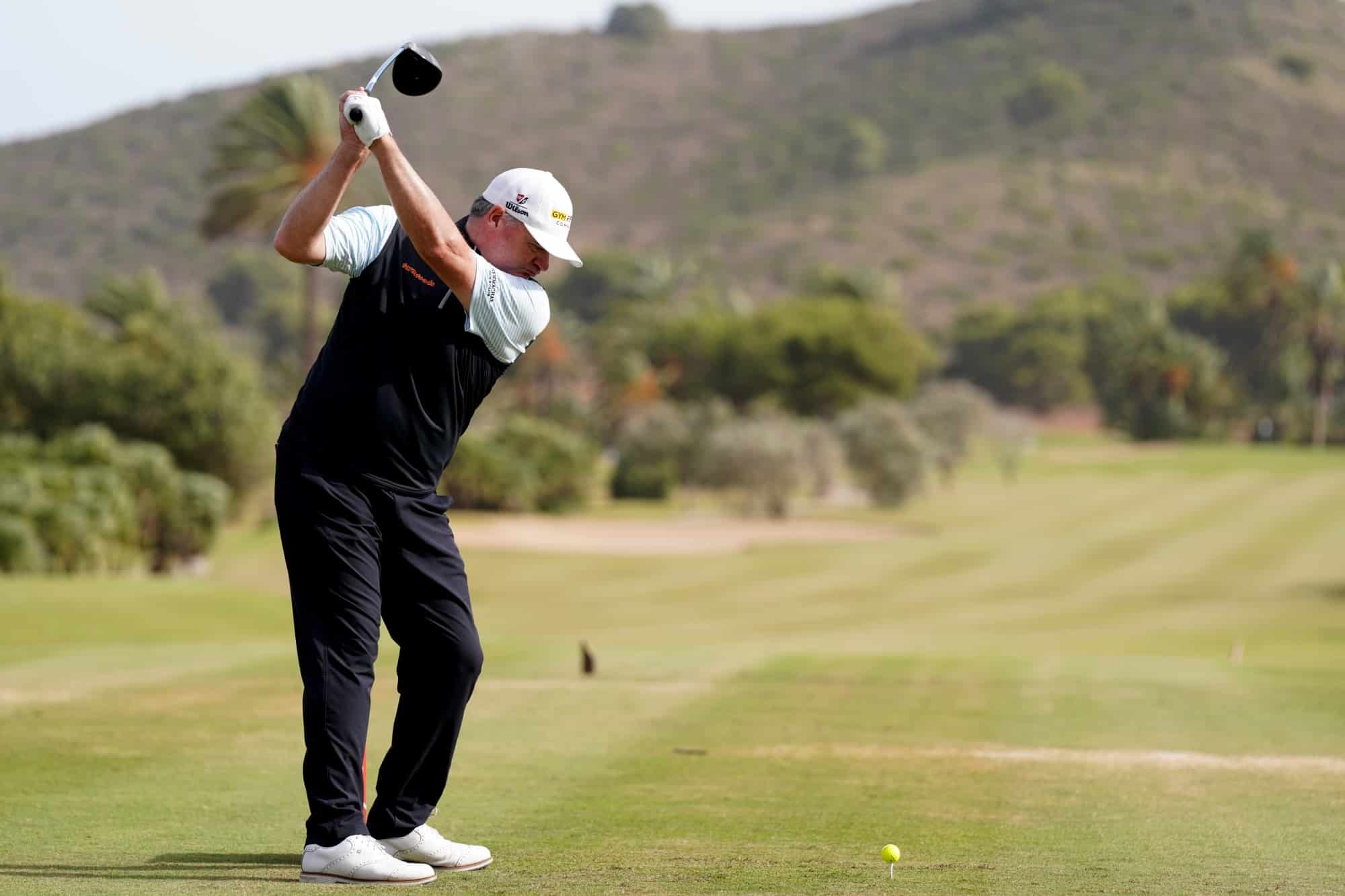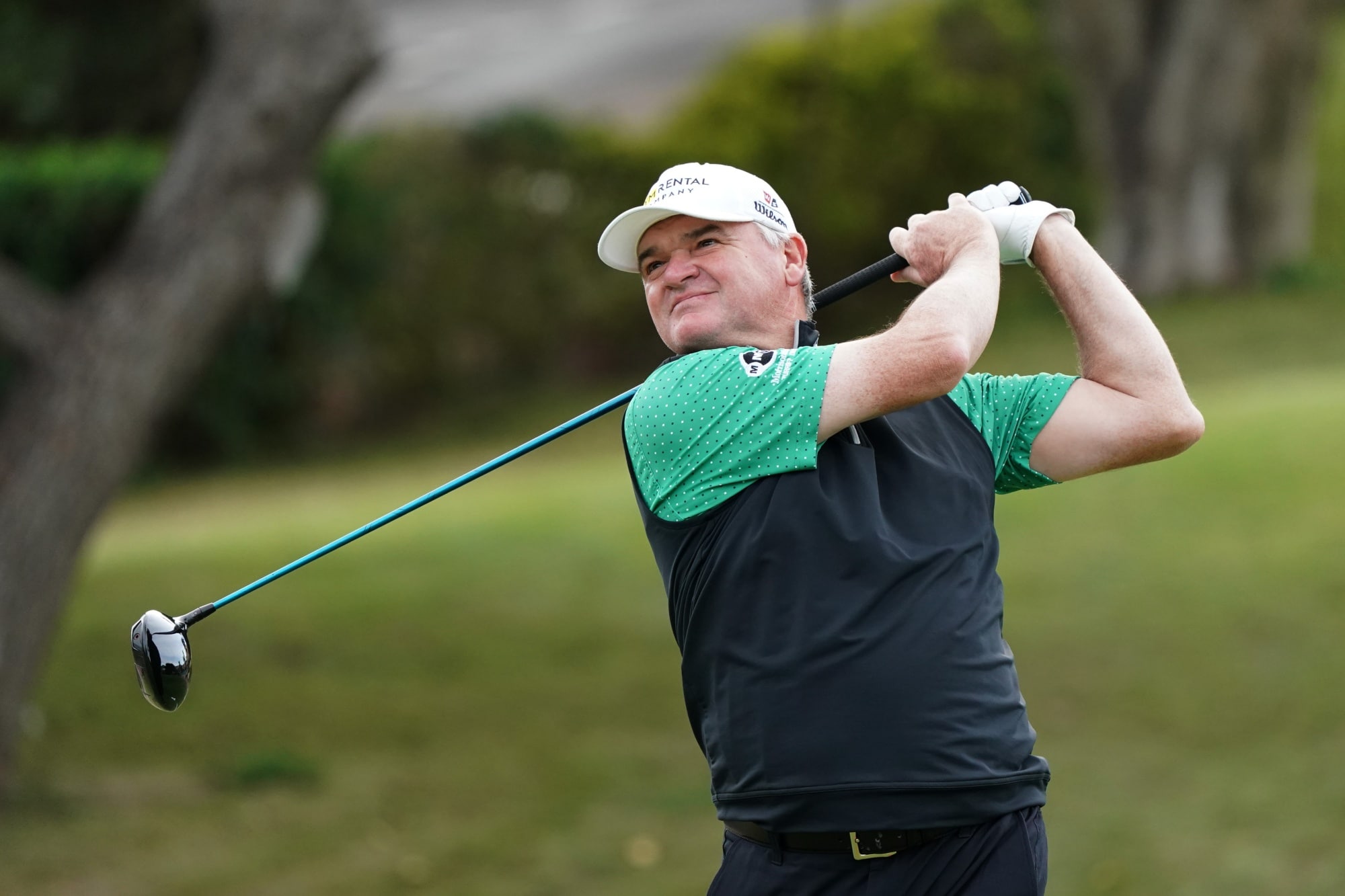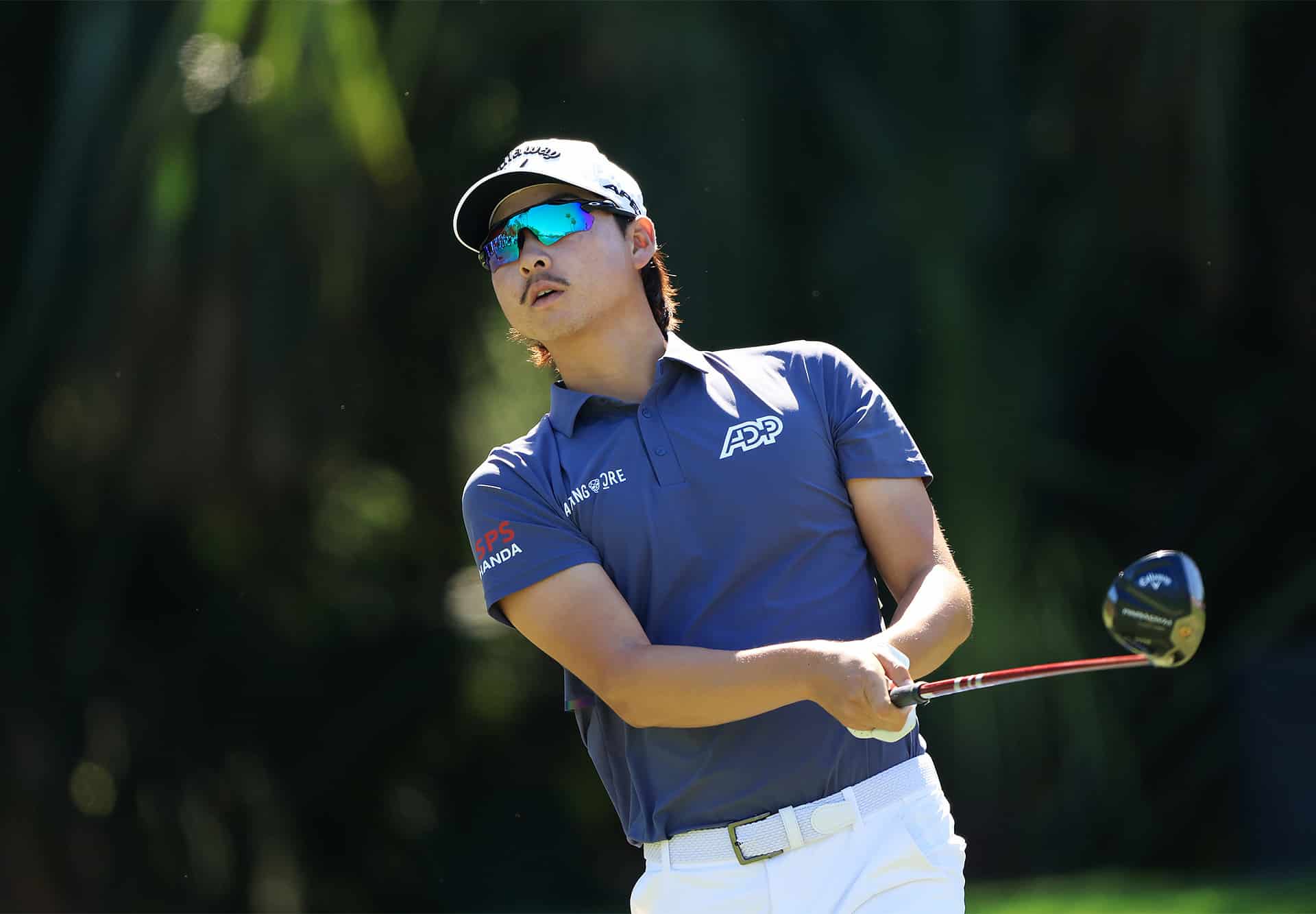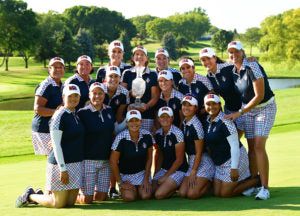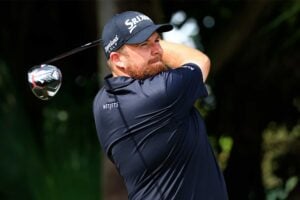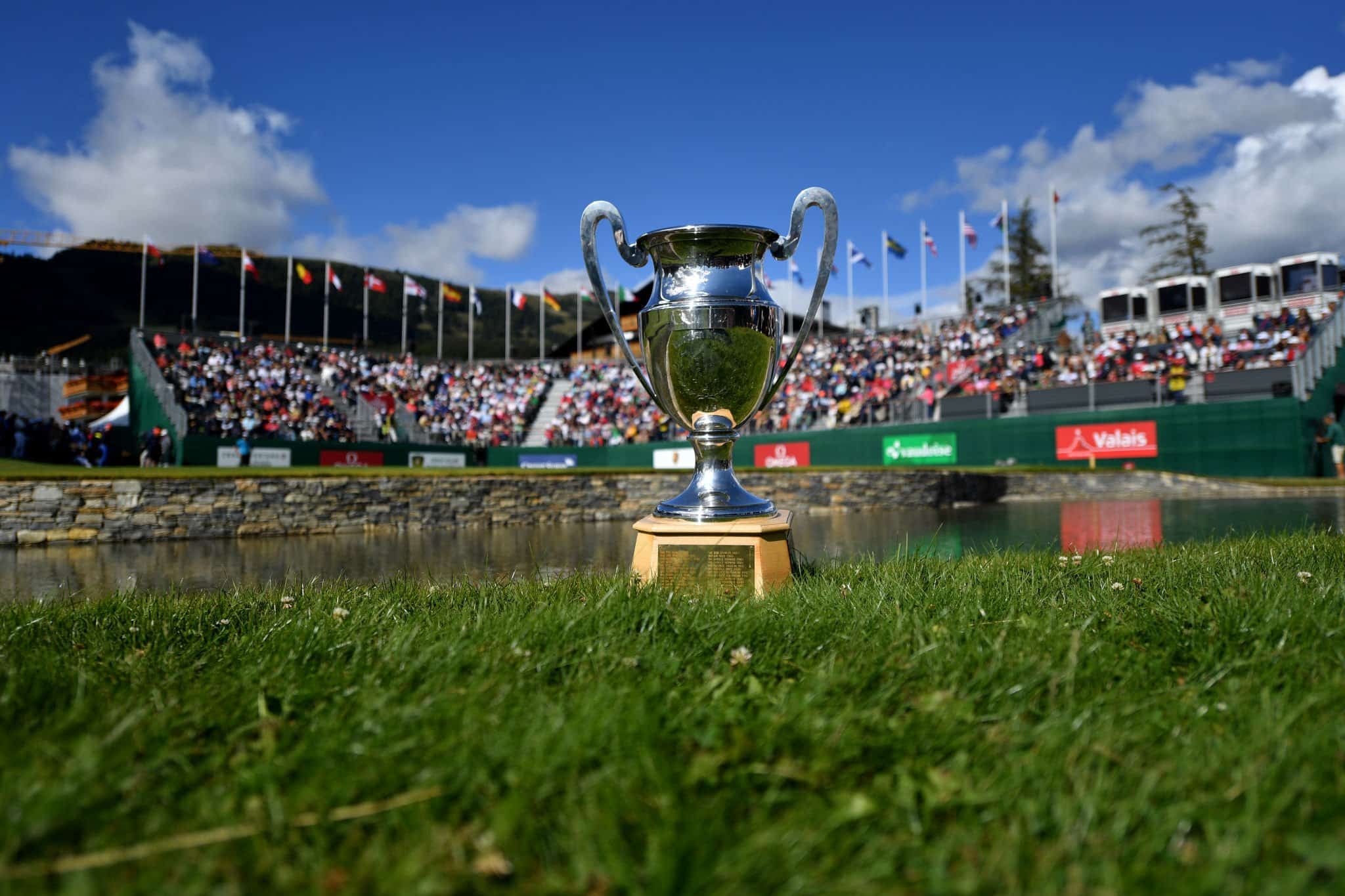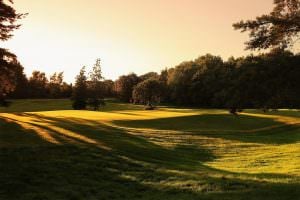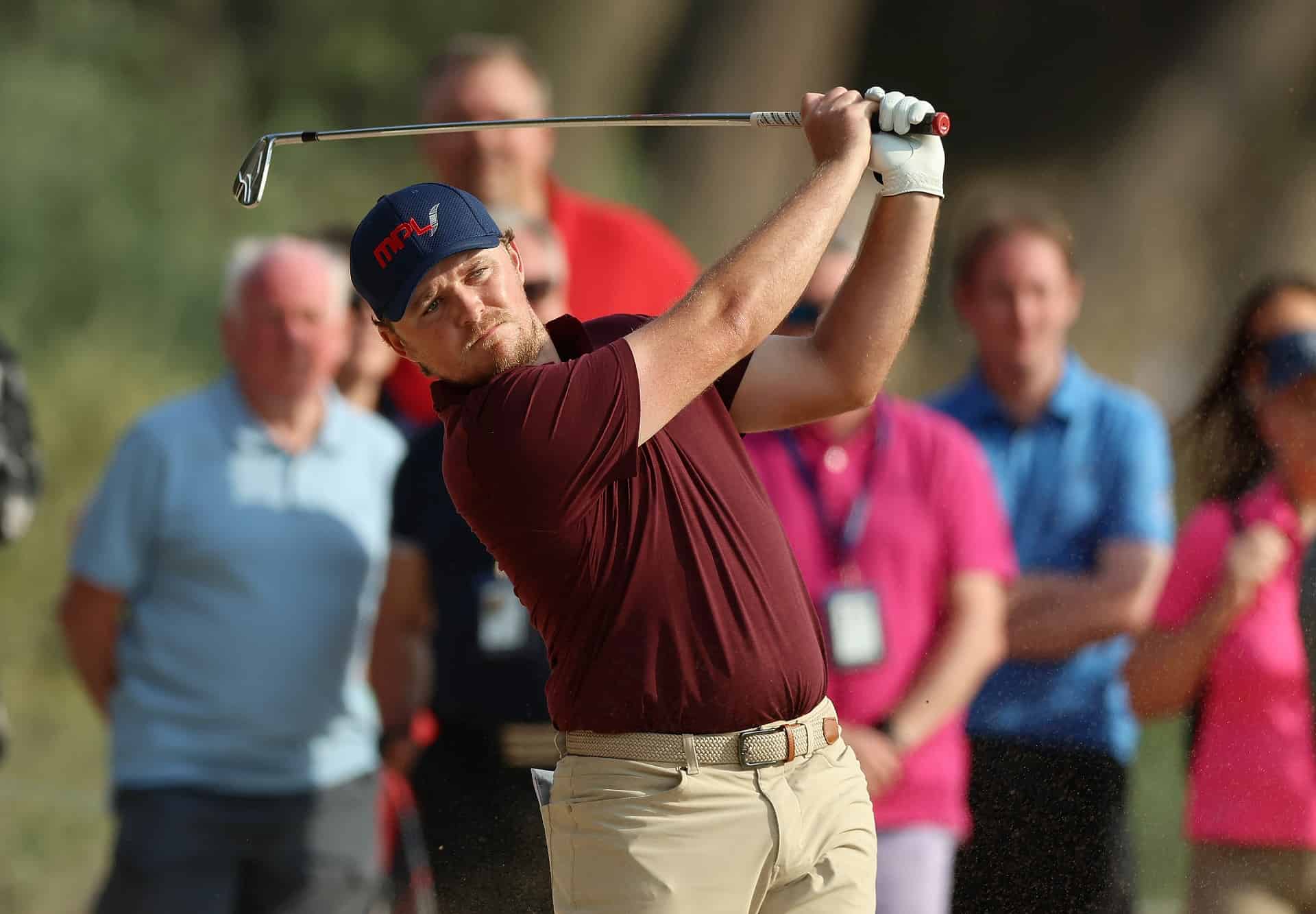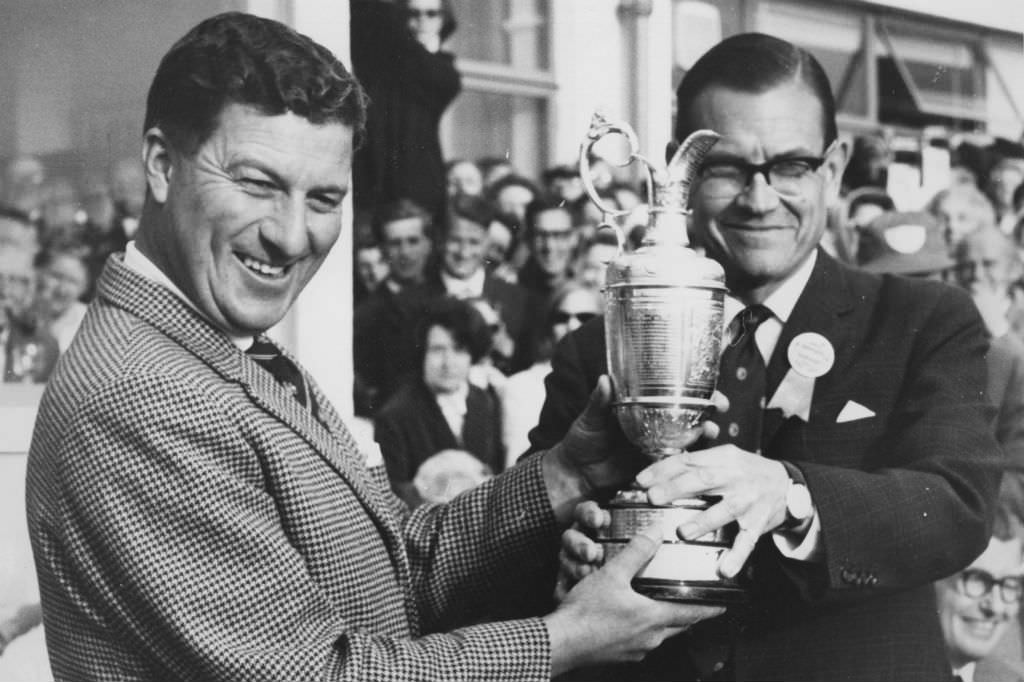
Remembering Peter Thomson
Throughout the 1950s, it is true to say that many Americans tended to stay at home rather than come to Britain for the Open. This is another reason why Peter Thomson’s record is sometimes played down.
“It’s always presented that way but I don’t think there was ever an event where there was not some strong contention from the American contingent,” he said. “It’s a myth there were never any Americans playing in that era.”
Remember that the likes of Hagen, Hogan, Denny Shute and Sam Snead all won The Open in this period.
“And Byron Nelson was at St Andrews in 1955 when I won. It just wasn’t easy for the Americans then because of the difficulties of travel and the problems finding reasonable accommodation and then there was the size of the ball.
“Some of their players made the mistake of changing to our small ball when it became apparent in later years that their ball was much more stable in the wind.
“And you shouldn’t forget Bobby Locke, either. He was always the man to beat when I started playing and I don’t think he gets much credit even though he won the Open four times.”

Peter Thomson is too modest to point out that even the record of Arthur d’Arcy Locke cannot compare to his own. By the mid-1960s, Arnold Palmer had arrived on the scene, along with Jack Nicklaus, and The Open resembled the global event it is today. And at Royal Birkdale in 1965, seven years after winning at Lytham – incidentally the course Thomson rates as the most challenging on the rota – he joined an elite group of players that comprises him, Watson, James Braid and JH Taylor by claiming his fifth title.
And this time there could be no reservations about the quality of the opposition, as Thomson prevailed at a windswept Birkdale for a two-shot victory.
Peter Thomson did travel to America in this period and played in several editions of the Masters and US Open. Though he came close to winning both on occasion, he was not destined to win the title that would undoubtedly have capped his extraordinary career.
And, largely because of that, when his achievements in the game have been scrutinised he has often been given rather less credit than he might have been.
“The opposition was a lot better in the US. If you look at the Ryder Cup results from around that time you’ll see it was pretty one-sided,” he said.
“It was around the 1950s that their club pros started competing against each other during the winter months and they called it the tour – that was the start of the professional touring golfer. It was really tough competition.
“I was a young man going into that scene against the likes of Ben Hogan, Byron Nelson and Cary Middlecoff – they were better than me when I was in my early 20s.
“And without being disrespectful to the British players of the time they were better than them as well.
“What you have to remember about tournament golf is that it’s about 50 per cent on you and 50 per cent on the other players.”
In those days Thomson was something of a trailblazer, setting an example that future generations of Australians have followed gleefully. His own inspiration was Norman von Nida, the fiery Queenslander known simply as ‘The Von’, who died in 2007.
“I wasn’t the first world player by any means,” he said. “I followed in [von Nida’s] footsteps. He was the pathfinder.
“He went to St Andrews in 1946 [to play in The Open] in a modified Lancaster Bomber that was Army surplus. I think it took him four or five days to get there.”

Thomson knew all about the journey from Down Under to St Andrews, because he had a home in the Auld Grey Toun and spent three months there every year, July through September. Naturally, this coincided with The Open and as an honorary member of the R&A, he attended the event each year.
At St Andrews in 2005 he was there to celebrate the 50th anniversary of his win on the Old Course, and he returned to Hoylake the following year when it was exactly half a century since he made history by winning the Claret Jug there for a third successive year.
Peter Thomson went on to be part of an internationally renowned course design business – Thomson, Perrett & Lobb. While Thomson and Ross Perrett, also president of the Society of Australian Golf Course Architects, concentrate mainly on the Australian and Asian markets, Tim Lobb is concerned with Europe. Thomson’s only design in Britain is The Duke’s course, at St Andrews, that was then purchased by American entrepreneur Herb Kohler.
One of his more recent projects, Moonah Links, has twice hosted the Australian Open. Thomson described it as his ‘Leviathan’ and designed as an antidote to the power of the modern player.
“They certainly don’t play like I did any more. They are too aggressive for me. That’s their downfall. When I played you were much more cautious – we all were, Ben Hogan was.
“We didn’t take risks. It was more a case of being sensible in those days.
“Now they always think their next iron shot will finish next to the pin. And it doesn’t always.”
Speaking of the current crop of Australian players, Thomson said: “Collectively, they’re a strong bunch. You’ve got a good nursery for them, good competition and good role models. They’ve got a great climate in which to prepare themselves.
“And of course we Aussies bow to no-one. There seems to be something about Australians and sport that makes them so competitive, whatever sport it may be.
“I would love to see – and I’ve been trying to arrange it for some time now – a Great Britain vs. Australia Ryder Cup-style match.
“Britain tends to make up about half the Ryder Cup team these days and there are plenty of good Aussies. I think it would be great fun.”
It’s an event that may never take place, but the Peter Thomson Cup undeniably has a certain ring.
It would also provide a fitting legacy to the career of a man born and bred in Australia but a part of whom will be forever British.
This interview originally appeared in the August 2006 edition of National Club Golfer magazine and has been updated for 2018.
Dan Murphy

Dan loves links golf, which doesn't mean he is very good at it. He is a four-handicapper at Alwoodley. A qualified journalist and senior editor with 25 years’ experience, he was the long-time editor of NCG. His passion is golf courses and he is the founding editor of NCG Top 100s course rankings. He loves nothing more than discovering and highlighting courses that are worthy of greater recognition.


